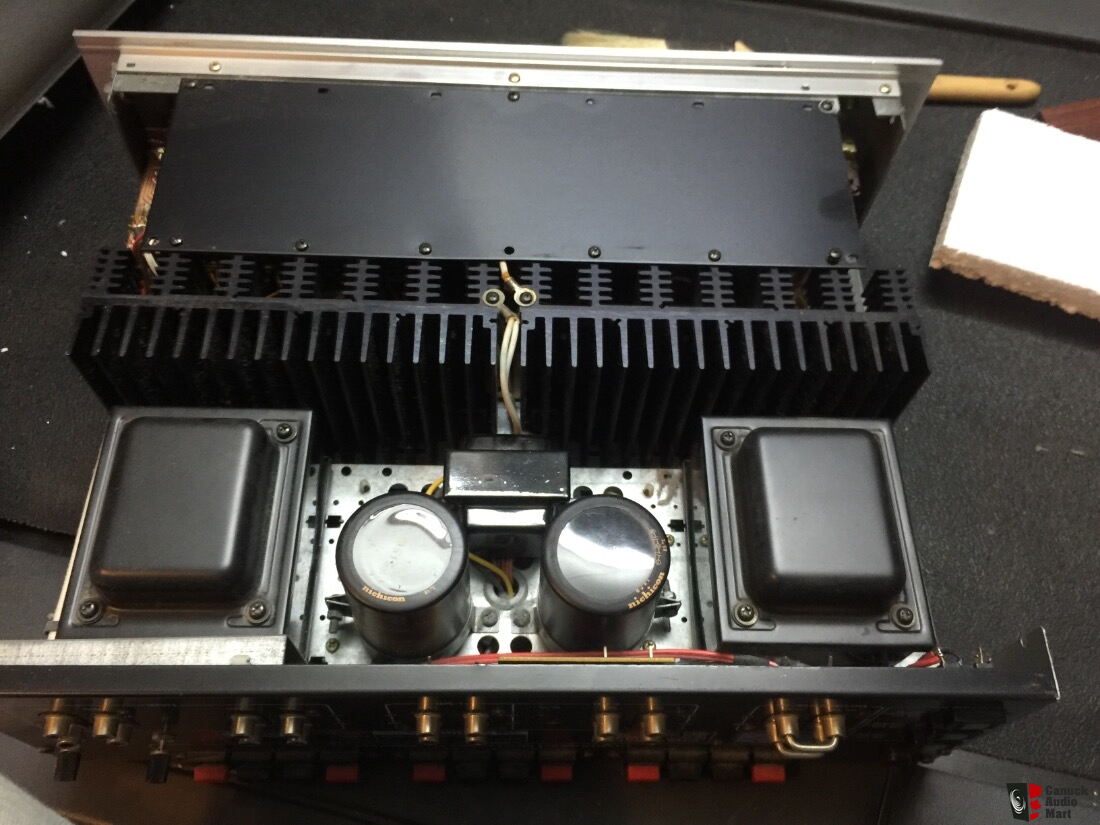Hope Amir will forgive me for another off topic post

What you have described is indeed true but applies only if we were playing just a single tone with definite and constant frequency, which could be blocked or passed by the crossover elements. But music is a complex mix of all various frequencies, vocals, instruments, etc... This means that mostly none of the drivers are fully "blocked" by crossover during a playback, there will be a simultaneous hit in on the drums, screaming vocals and upper frequencies, meaning that during those moments woofer, midrange and tweeter drivers will be "open" to output terminals, where they're connected in parallel and summing their impedance. So if only one amplifier is used, it has to deal with all of them together, whereas individual ones could easily drive only part of the frequency spectrum assigned to them.
This again brings me back to my original post where I stated that Yamaha lies in their statement that AVR has individual amplifiers and there will be a major improvement in audio quality.
Quote from Yamaha manual:
"
Using the four internal amplifiers for front speakers allows you to have more high quality sounds.
For example, you can use 2-way bi-amp speakers with a woofer and tweeter for front speakers. It produces expansive sound in a bi-amp system featuring a woofer and tweeter. By directly driving each speaker individually, it produces powerful sound while maintaining the feeling of a high S/N ratio".
Thanks











